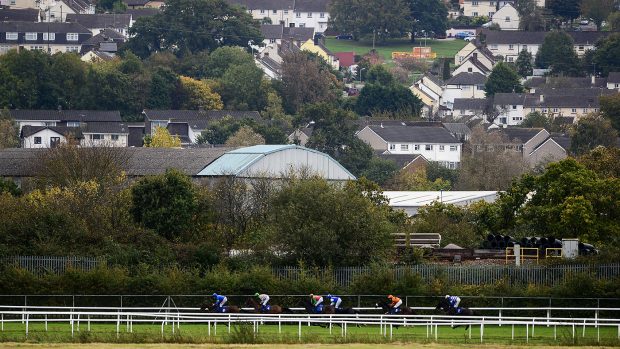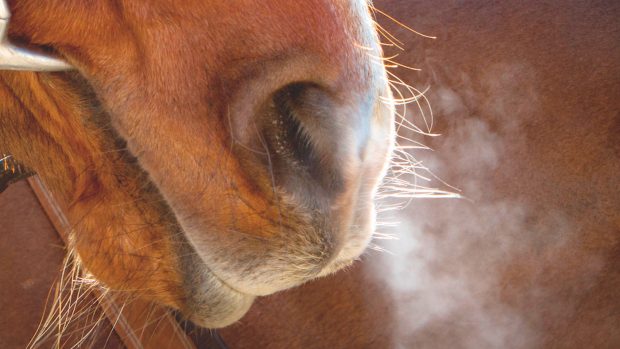Remounting horses during a race will be banned from next month under new rules set out by the British Horseracing Authority (BHA) for the safety of both horses and jockeys.
Under the new rules — which come into action on 2 November and are similar to the “one fall and out” rule in international eventing — if a horse is remounted after the start of a race it will be disqualified.
But if the jockey is unseated at, or on the way to, the start they may remount — as long as the course doctor or vet confirms neither horse nor rider is hurt.
“This rule change is the result of a recommendation from our welfare and training group, which was approved by our board, because of the indisputable risk to both horse and jockey,” said Paul Struthers, from the British Horseracing Authority.
Horses can currently be remounted during races in order to complete and pick up prize money.
The remounting rule was last considered in 2005 after dual Gold Cup winner Kauto Star was remounted in a novices’ chase at Exeter, but was found to be injured.
Since then the instances have declined from 40 remounts in 2004 to just nine last year. Out of those nine, five took home prize money.
Jockeys will not be allowed to remount to complete the race, and will only be allowed to ride back to the unsaddling area once they have been cleared by the doctor or vet.
“It seemed perverse that a jockey who had fallen in a race needed to be cleared by the racecourse medical officer before riding again that day but could remount a horse having fallen without being given the same clearance,” added Mr Struthers.
“Of course there are possible consequences to racing if no result is returned in a high-profile race, coupled with the potential loss of prize money earnings. However, the risks of allowing remounting to continue far outweigh the possible downsides, particularly given that all bets are void if there are no finishers in a race and that there are few instances of remounting anyway.”





